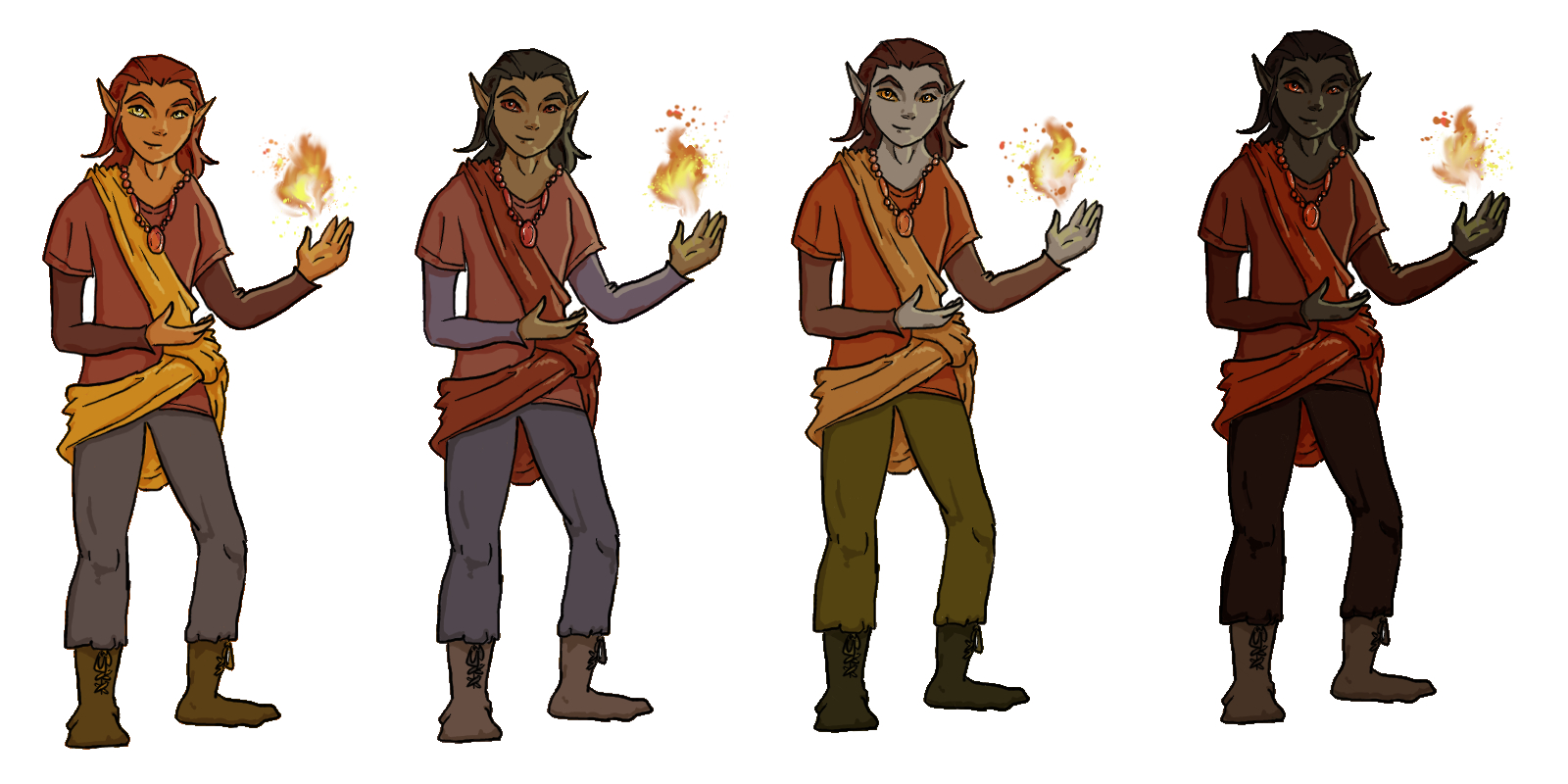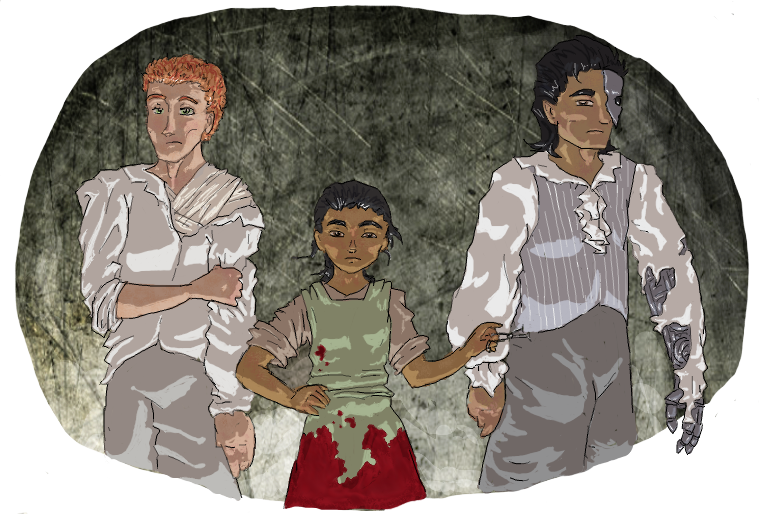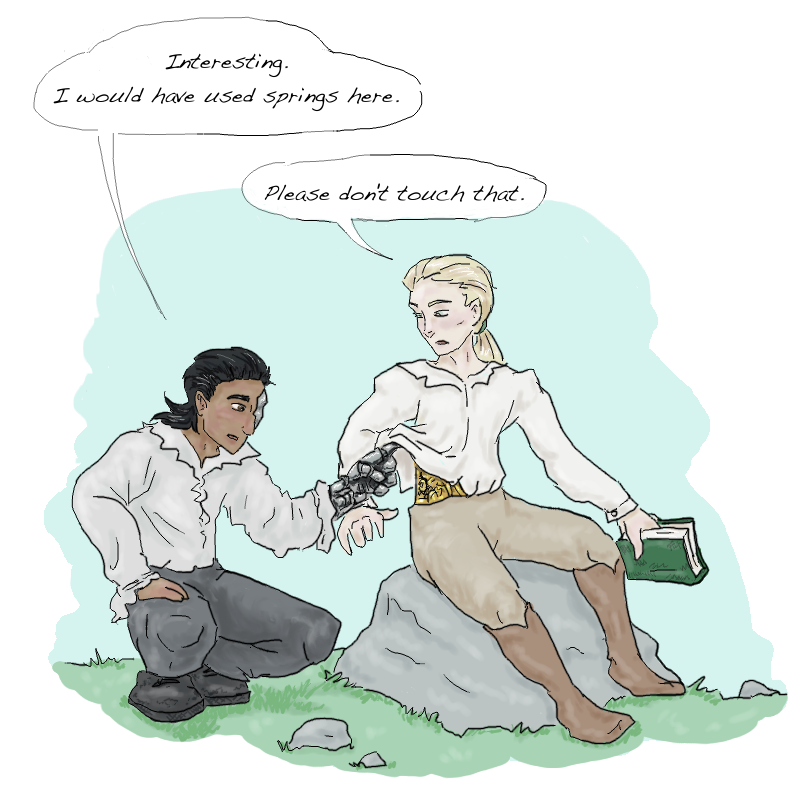A somewhat-belated Happy New Year!

May you have plenty of occasions for confetti in 2017.
I recently read The Impostor Queen, a YA fantasy by Sarah Fine, and was struck by the importance of copper in the fantasy world where it’s set. It made the world – and therefore, the book – feel more unusual and distinctive. Copper isn’t as well-known or symbolically loaded as silver or gold, at least in Western storytelling. Indeed, I see it used as a hair color more than as a metal, especially in YA fantasy, where it seems like every other heroine is a redhead.
(My theory on this: authors avoid going with dark hair for their [usually white] heroines, because it might seem common and uninteresting *brunette sigh* and avoid blonde because it sometimes comes off as a shorthand for “is conventionally gorgeous” and they want their protagonist to be relatable and not an obvious beauty queen.)
Returning to the point! Lots of specific elements, from gemstones (e.g. rubies) to animals (e.g. wolves) to flowers (e.g. roses) appear frequently in Western fairy tales. They’re rich in symbolism and associations, and can provoke certain feelings or assumptions from the reader just by appearing. This can make them useful in fantasy storytelling, especially if you want a classical fairytale feel. But there’s also an opportunity there to make your fantasy world stand out by doing something different.
If your fantasy world is geographically unlike Europe, this will likely be a moot point. If your protagonist grows up in the tropics at the edge of a jungle, she might learn to beware not of wolves or bears but of jaguars. If you’ve based your setting on China, then your heroine is perhaps less likely to wear rubies than she is to wear jade.
But you can certainly vary these elements even in a story with a generally Europe-like setting (the world of The Impostor Queen gave me a Scandinavian vibe). Maybe your heroine’s country doesn’t mine rubies, but has large deposits of topaz. Maybe roses aren’t their thing, but tulips are. Topaz and tulips have fewer classical associations, at least in Western fantasy, but will likely still be well-known to readers. You could go for something less recognized, like iolite or anemone. These have the advantage of being more of a blank slate, association-wise, and perhaps introducing readers to something new. You’ll have to make sure to describe them well, though, as readers may not have a ready mental image of them.
You can include an element like this prominently – like the copper that is used practically everywhere in The Impostor Queen – or as a subtle touch. Think about how common this [metal/gem/animal/flower/etc] is in your fantasy world. Who has it? What is it used for? What does it signify to people?
If you know a good fantasy book that does this, I’d love to hear about it! And while we’re on the subject of book recommendations, allow me to give a shout-out to my favorite novel read in 2016, The Goblin Emperor. Fabulous fantasy. What books did you love last year?




